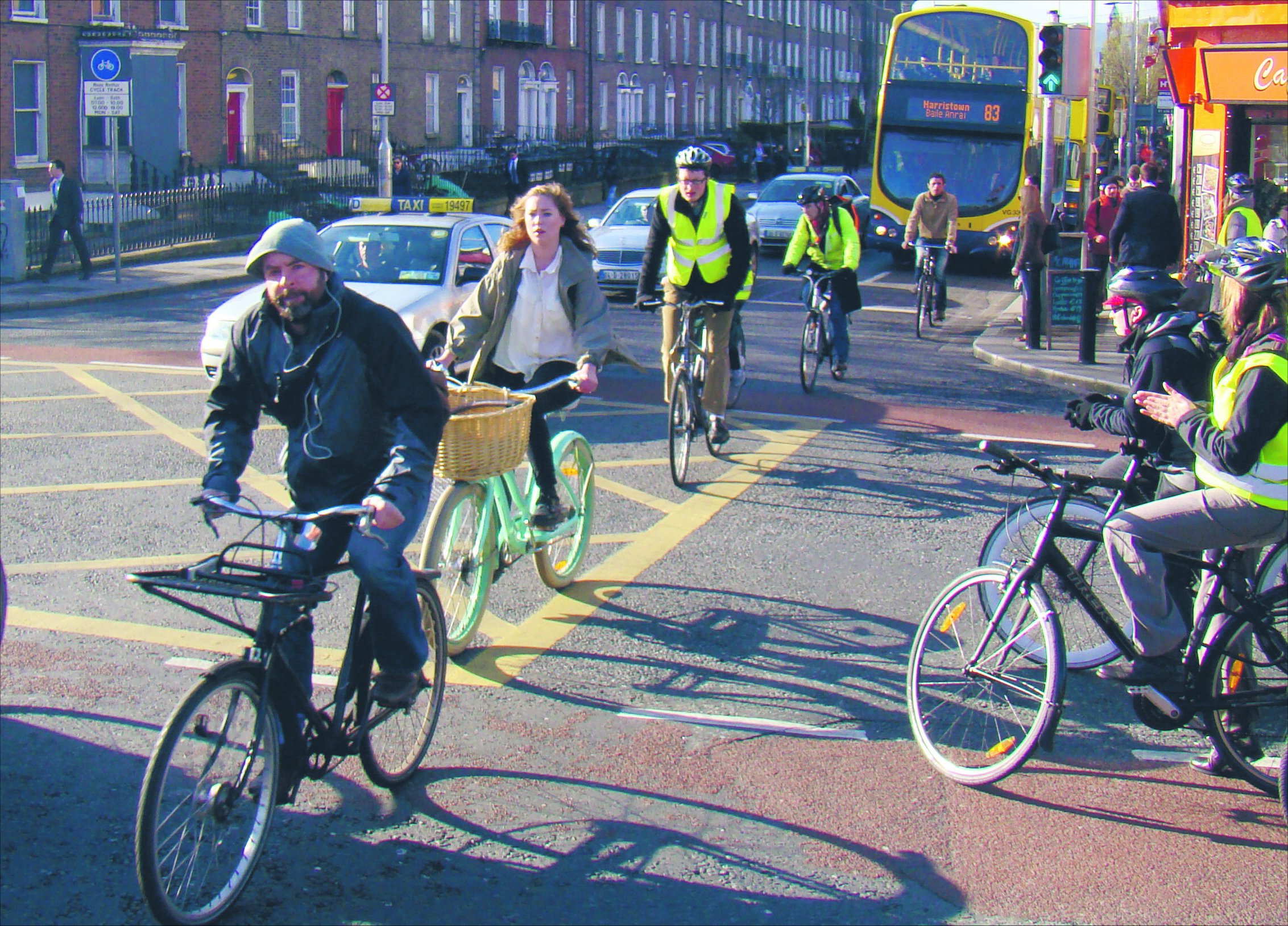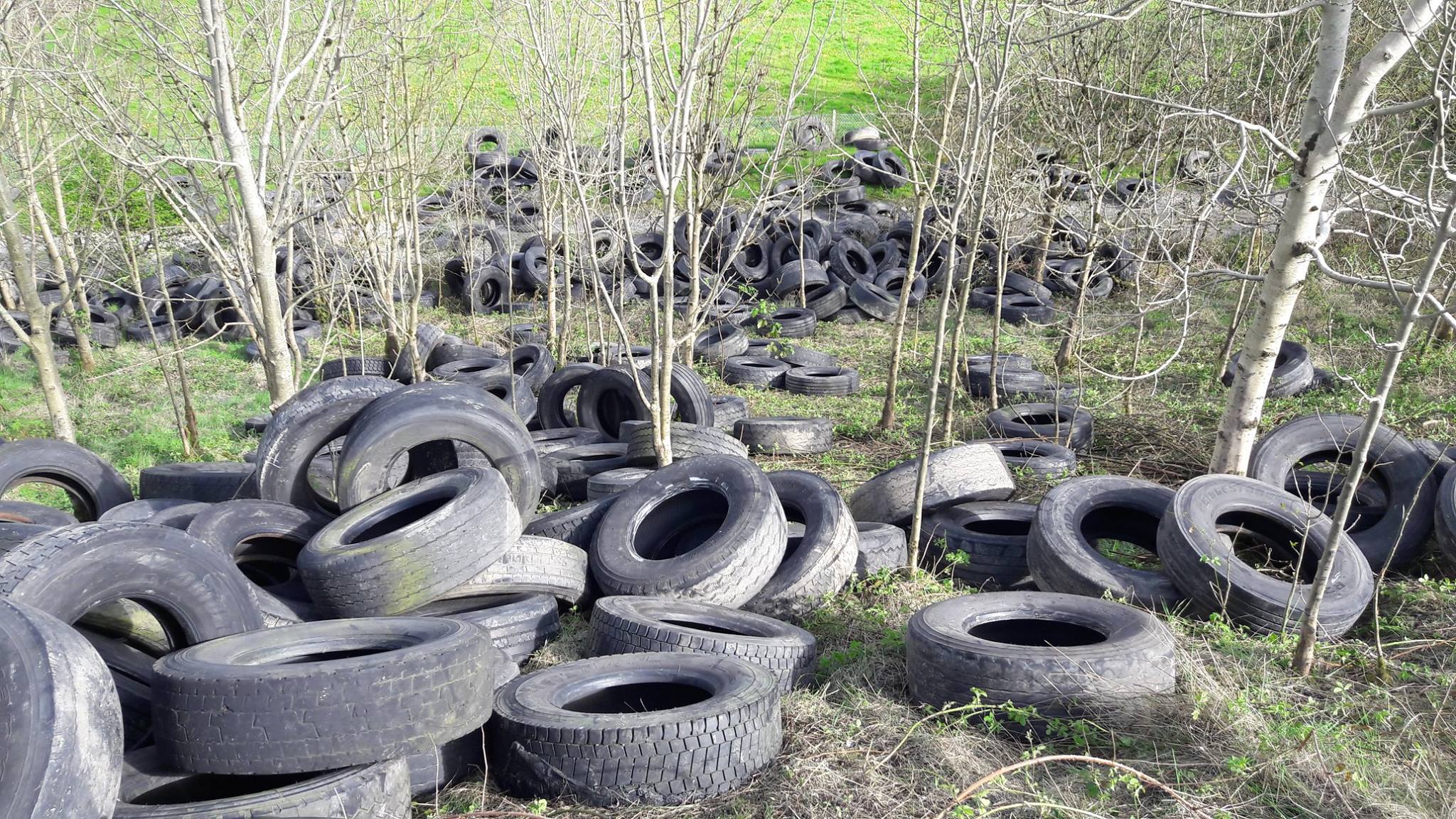Switching to a cycling commute may have enormous health benefits, but only if an individual can cycle in a safe environment a new study claims.
The behaviour of more than 50,000 commuters in Dublin (as documented by the Central Statistics Office) was consulted for the study, which involved researchers from Trinity College and UCD, has just been published in the Journal of Transport and Health.
The study found that on the whole, cycling to work has a positive effect on a person’s health – with a 10-20% reduction in conditions like heart disease, breast and colon cancer, dementia, diabetes and, interestingly, depression.
However, for men aged between 20 and 29, the risk of collision when switching from driving to cycling are heightened.
Already a demographic with a high risk of collision, according to the study this risk increases with every extra kilometre cycled – to such an extent that the net impact of taking the ‘healthy option’ is in fact a negative one, thus giving scientific credence to the widely held perception that cycling in heavy traffic in the capital can be scary, and hazardous
Senior author on the paper, assistant professor in civil engineering at Trinity College Dublin, Bidisha Ghosh, said that “Individuals who cycle are also exposed to increased air pollution doses and an increased risk of traffic collision and injury.”
The findings of this report indicate that cities promoting a shift from driving to cycling should focus on providing safer cycling infrastructure and cleaner air to keep cycling as the healthiest choice of city commute.
The study concludes that for cycling to work to be truly worthwhile in Dublin, cycling infrastructure needs to be made safer.
In order to do so, the report recommends certain infrastructural changes, including improving cycle lanes, introducing traffic calming measures in residential areas and encouraging awareness of cyclists among drivers.
The study, Health Impact of Cycling in Dublin on Individual Cyclists and on the Local Population, can be read in full here













